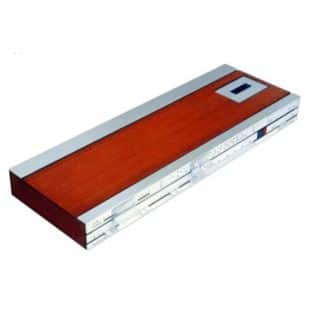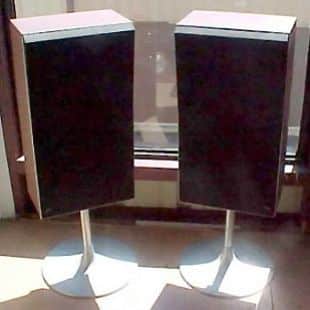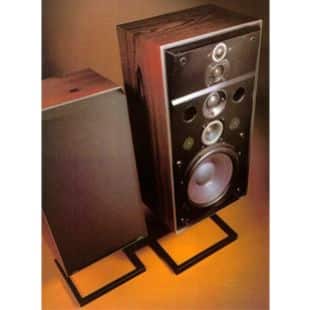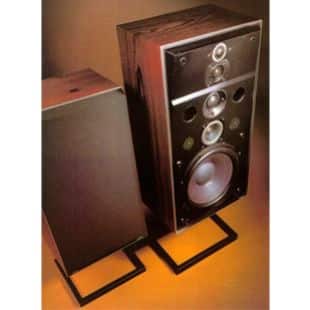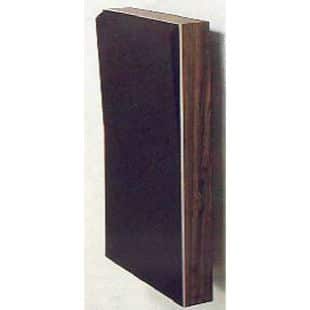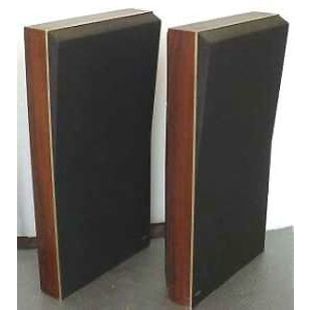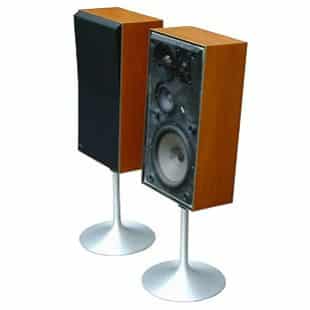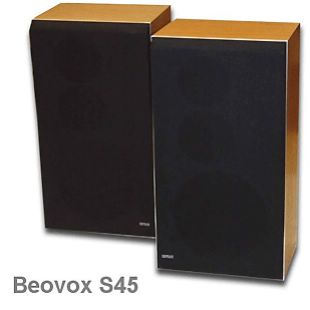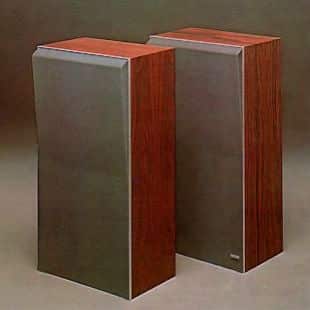BeoMaster 901

Beomaster 901, by 1977/78 was Bang & Olufsen’s simplest receiver. However, no compromises were made on quality. The tuner section covered Long, Medium and FM wavebands with a very high standard of reception quality.
Tuning was by ways of a slider which moved smoothly along a clearly marked scale. An illuminated indicator and AFC (Automatic Frequency Control) circuit helped to make tuning easy and accurate. The MONO control button disconnected the built-in stereo decoder when correct stereo reception was impaired by bad weather conditions or other interference.
Beomaster 901’s large tuning scale had tuning facilities for FM, Long and Medium wave stations. The tuning slider had small thumbwheels to aid fine tuning. AFC locked the receiver to the desired station
The stereo amplifier had a powerful output of 2 x 20 watts RMS and special Darlington-coupled transistors in the output stages kept distortion to a minimum – less than 0,3% at full power. There were connections for two pairs of loudspeakers and a pair of headphones. Sockets were also provided for the connection of a tape recorder, a record-player and AM and FM aerials. Easy-to-use sliders controlled volume, balance, bass and treble and there were slim push-buttons for selecting waveband or tape or record input.
FM room aerial
In order to receive FM programmes, an FM aerial must be connected to the Beomaster 1001. Within a certain radius of the transmitter you could use the Bang & Olufsen FM room aerial, type 8902010. This aerial was easily fitted and the telescopic elements could be pulled out and positioned favourably.
Beomaster 901 could be made up as part of the Beosystem 901 including the the Beogram 1102 record player, Beocord 1101 cassette deck and 2 Beovox Uni-Phase S25 or P30 loudspeakers.

